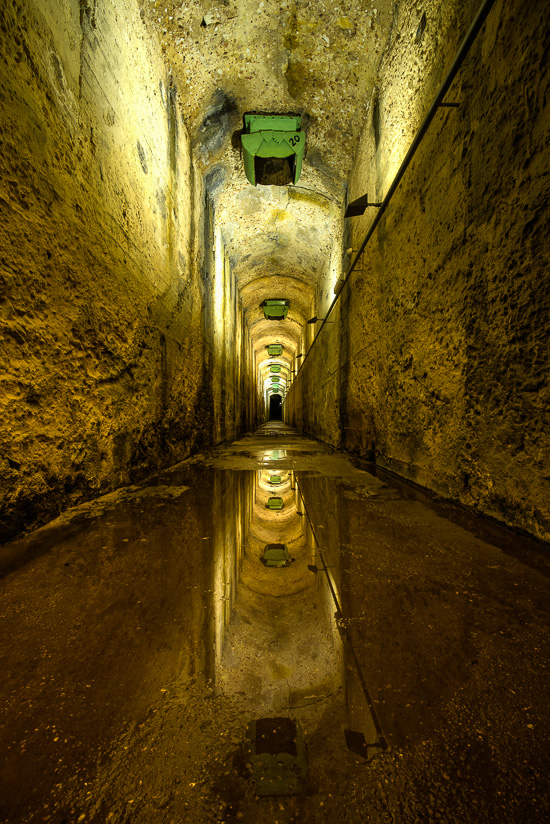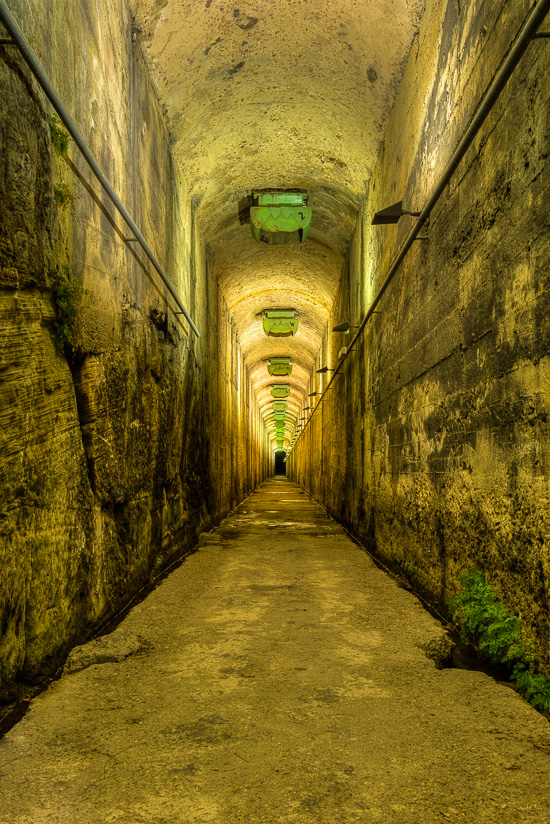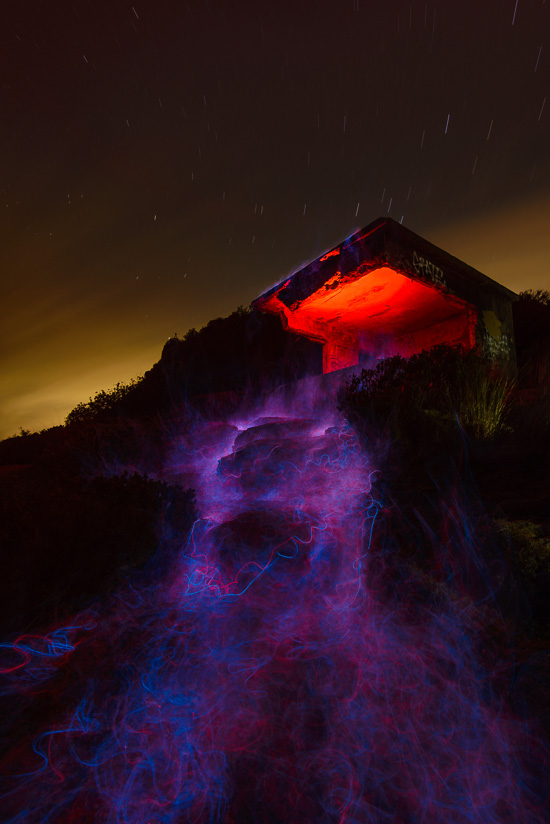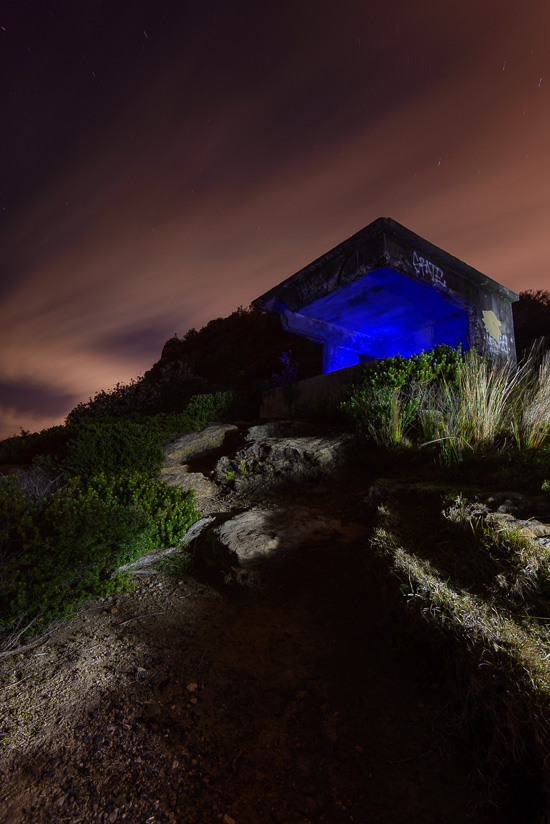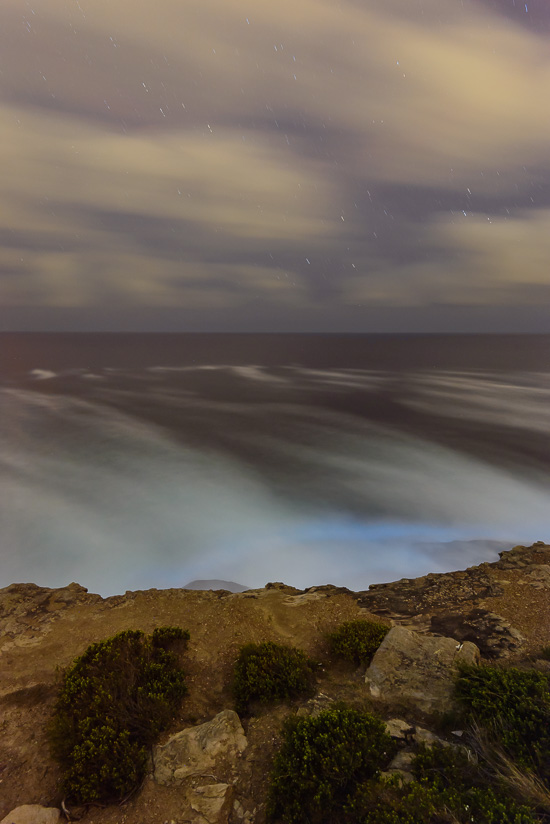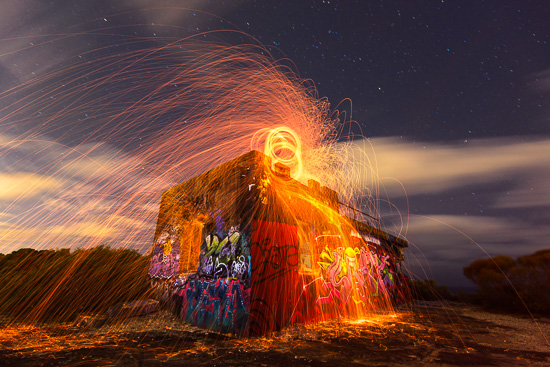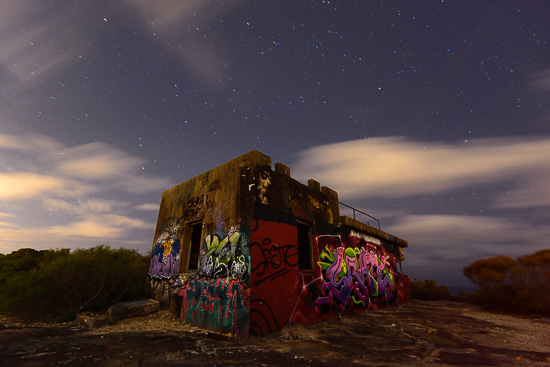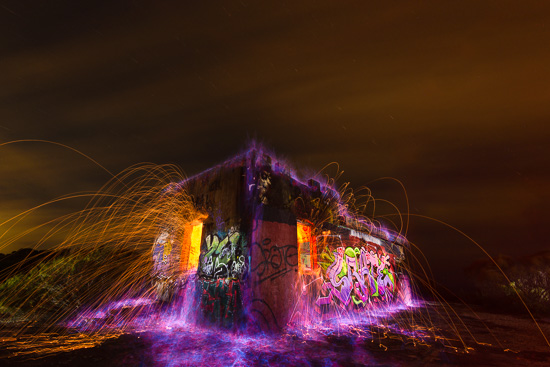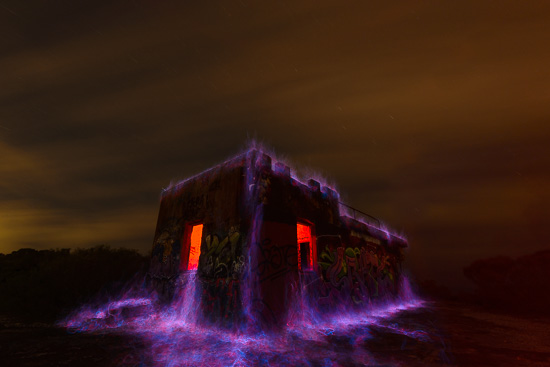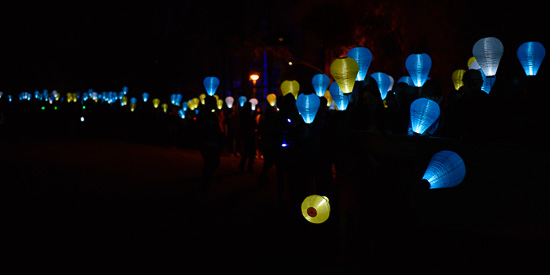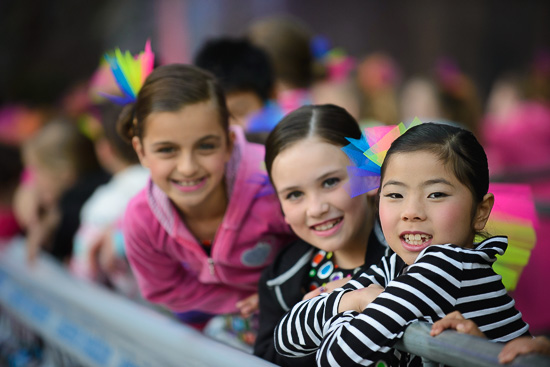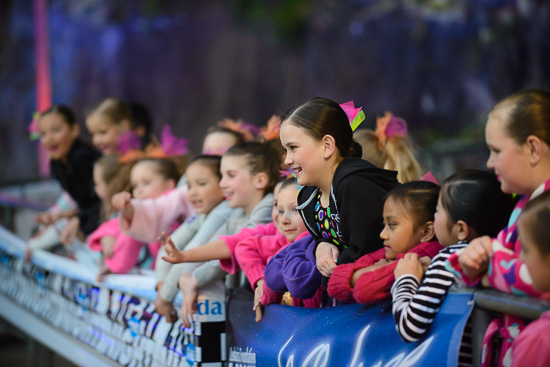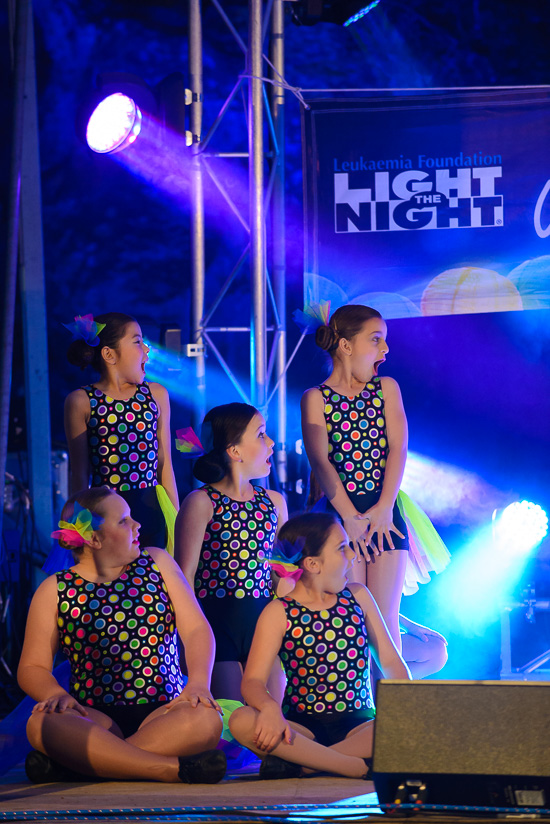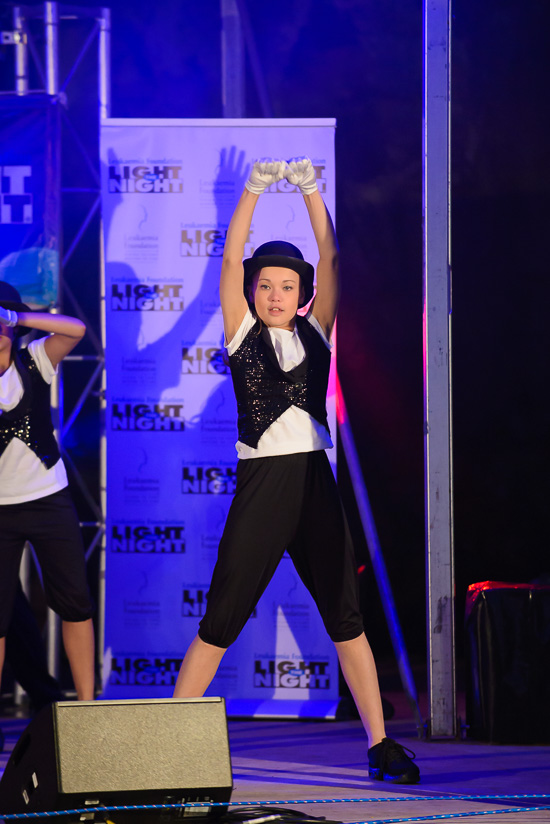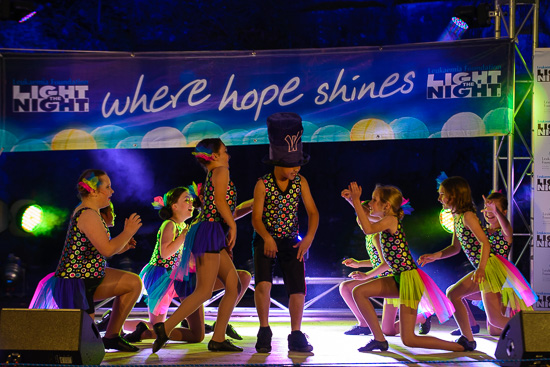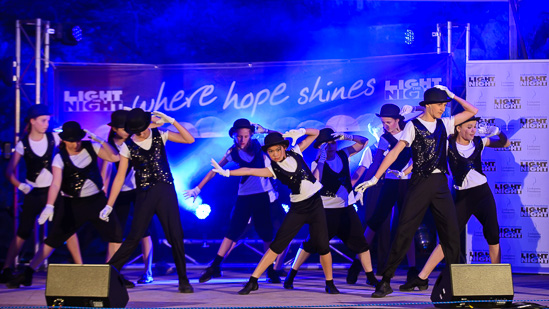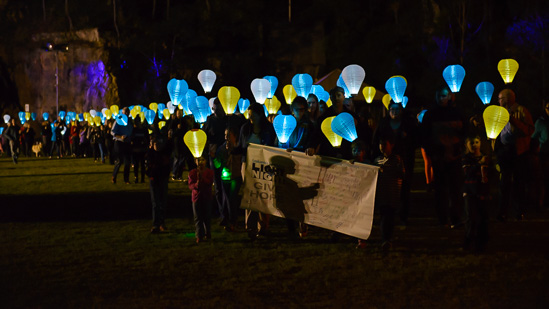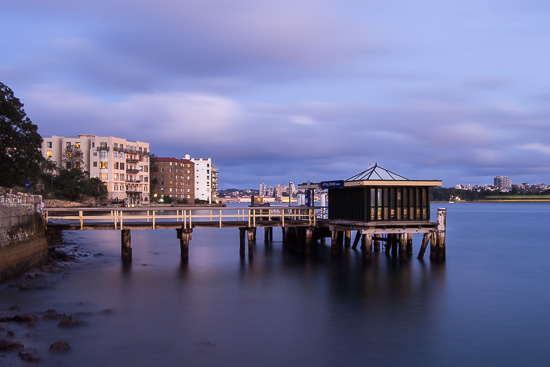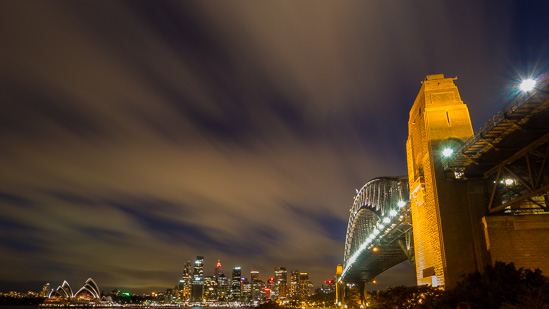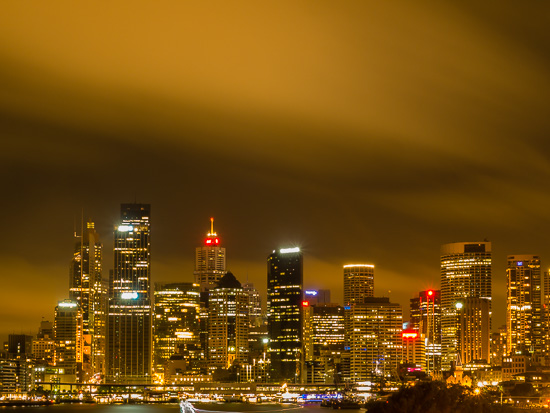Archive for September, 2014
The Coal Loader…
by Rodney Campbell on Sep.29, 2014, under Life, Photography
The Coal Loader on the western side of Waverton peninsula is a location where many paths of history intersect.
It was first a place of physical and spiritual sustenance for Aboriginal Australians. The Cammeraygal people lived on the peninsula for thousands of years.
The Coal Loader, itself, is a former industrial site that operated from the early 1920s to the early 1990s. It functioned primarily as a transfer depot for coal from bulk carriers to smaller coal-fired vessels.
I’d heard about this location before and since I was in the area shooting sunset I figured I’d drop by in the dark and do a little reconnaissance.
Up top an elevated platform structure housed a large coal stockpile. Beneath the platform are a series of tunnels, each with a number of chutes through which the coal was transferred into coal ‘skips’. The skips operated on a cable-hauled railway system that ran as a continuous loop through the two western-most tunnels and then out onto the finger wharf in Balls Head Bay, where they loaded waiting steamers. This loading system was replaced by a high speed conveyor in the mid 1970s which then serviced ships carrying export coal until 1992.
The site operated for over 70 years before being decommissioned. It was dedicated as public open space in 1997 and formally transferred to North Sydney Council in 2003.
The Coal Loader has now been transformed into the Coal Loader Centre for Sustainability and was officially opened in July 2011.
I wasn’t expecting to find one of the tunnels lit at night so it was out with the tripod and gear for some shots in this fabulous long stone carved tunnel.
I was hoping for a location where we might try some light painting at night – it’s probably too well lit for most light painting but I reckon some steel wool might be viable – will have to head back one night…
After checking out the tunnel there was a reasonable amount of water on the ground at the southern (further from the entrance) end so I got down low on the tripod for some nice reflections.
This was also my first time using my new (extremely inexpensive) Kood slot in graduated neutral density filter. The one I have is a 3 stop soft grad (because I didn’t have any soft grads) and it was only $38 delivered from Cooked Imaging in the UK. I’ll do a full review of the filter at a later stage.
What Lies Below
and this is the view from the northern entrance – I particularly like those whisps of soft green ferns growing in the cracks on the right and left.
Coal Loaded
With a native exposure of around 30 seconds @ f/11 and ISO 400 we should be able to easily do a minute at f/8 and ISO 100 which should be fine for some brighter light painting – like steel wool or maybe an orb.
Lighting the Bunkers…
by Rodney Campbell on Sep.27, 2014, under Life, Photography
Having just finished light painting the first of the WWII Bunkers on North Head I convinced Gerry to explore a little more and check out the second bunker further up the coast.
Things got very tricky getting to this second bunker – after scrambling down half a cliff we finally made it to this more awkwardly placed bunker placed partway down the side of the hill.
This one was far less interesting than the first bunker – it was much smaller, had very little interesting graffiti, it was essentially just a half open concrete box.
Still we’d scrambled here so we figured we’d make do. Time for some more light painting.
This shot is pretty simple really – a single take super long exposure (486 seconds), some red light inside the bunker (for part of the exposure) and both of us providing some EL wire flow coming down the rocky path from the bunker towards and under the cameras. First take and we’re done…
Fire in the Pit
and another take from exactly the same position. This time blue torch inside the bunker along with Gerry adding some selective directional light from the side. Had to do a number of takes on this one – the first was way overlit and the second almost worked – third is a charm – top work mate…
Blue Eye
Standing there waiting for our stuff to finish tho gave me time to look around and what was starting to interest me much more was the funky stuff going on out in the sea. We were setup precariously close to the edge (it’s pitch black so we can’t actually see how bad or high it is – I’m sure during the day it would be more “interesting”).
Out in the water you could see these white lines everywhere in the water but even more interesting right up close to the shore where the water was crashing into the rocks underwater it seemed like the point where the water was hitting the rocks below was literally lighting up. It was like some sort of underwater bio luminescence. Gerry was trying to convince me that it’s just due to the water churning up and bubbling more air but I was thinking some sort of microscopic bioluminescent organism being churned at the edge because it appeared to be lit from within and emanating light briefly.
So we climbed up onto the roof of the bunker and shot down into the ocean below. This shot is the last of the night – an unusual take to be sure…
Luminescence
One it was composed pretty much on luck… I couldn’t see at all through the viewfinder so I simply pointed my camera in the right general direction, ensured it was horizon level using the camera’s built in electronic level and pointed downwards appropriately by feel 🙂
Secondly it’s a very long exposure (over 3 minutes) but shot almost wide open (at f/5) and at high ISO (1250) with no filters at all and it was still about four stops underexposed – shows you how very dark it was out there.
Of course in my long exposure you can clearly see my band of blue bioluminescence 🙂
WWII Bunkers – North Head Lightpainting…
by Rodney Campbell on Sep.25, 2014, under Life, Photography
Gerry joined me for a light painting session with the WWII Bunkers on North Head.
These WWII bunkers are located on the easternmost point of Sydney’s North Head at the entrance of Sydney Harbour near Blue Fish Point – the area is close to the North Head Water Pollution Control Plant, the Former North Head Army Barracks and Manly Hospital.
Note: These photographs (especially the wider shots) look much better when larger – so click any of the images below to see larger versions in an inline overlay slideshow gallery viewer.
The bunkers were part of a set of coastal batteries and other fixed defences protecting Sydney Harbour from the early 19th century until the 1960s. These defences were constructed to protect Sydney from attack by enemy warships and submarines.
All Fired Up
I’d originally intended this to be a session primarily to shoot the stars (either the milky way or star trails) with the bunkers as foreground interest. The conditions were looking promising – we were near the new moon and the moon was setting early and during the late afternoon the sky was completely clear and even sunset was particularly forgettable with no clouds in the sky.
We met at the car park as close to the area as we could get and walked over to the coast. Unfortunately soon after we’d arrived the clouds which were no-where to be seen during the day started to roll in. We’d only just taken a few test shots to adjust our compositions with the stars and to ensure we could see the stars given Sydney’s light pollution, then the clouds came in force ending our hopes of trails. Before that it was actually looking quite promising with nice long trails when shooting eastward too.
Fortunately we’d come with a backup plan – we’d brought some light painting kit – EL wire, coloured and plain torches along with steel wool…
Plan B – light this sucker up
The image at the top is a merge of three separate exposures:
– one for the WWII Bunker itself and the sky, stars and clouds. This base shot was actually the last of my test shots for star trails – an 82 second exposure at f/4 (wide open for this lens) and ISO 1250. This provided the overall ambient exposure – with the building lit nicely during the long exposure at high ISO (light pollution bouncing back down from the clouds). See the base shot (Bunkered Under the Stars) below
– one for the steel wool spin inside the building and shooting out of the two windows on the left and right (f/8 at ISO 100)
– another for the steel wool spin up on the roof of the building courtesy of Gerry (also f/8 at ISO 100)
To do this I opened all three as layers in Photoshop with my base shot as the top layer and the two steel wool spins below it. I applied a Screen layer blend mode between the two steel wool shots to “blend” the two and then applied a Linear Dodge (Add) layer blend mode to my top base layer to create the blend of all three. A couple Curves and an Exposure adjustment layer later and we have the final result.
Bunkered Under the Stars
Then it was time to get all spooky with some EL wire
Ghost Bunkers
again this is a merge of three separate exposures:
– one very ling exposure for the EL wire work around the WWI bunker along with the ambient sky and clouds. Gerry on the EL wire on the right of building and me on the left plus flowing towards the camera at the front and up on the roof. This base shot (487 seconds at f/8) I let run well past us finishing the EL wire work to let the ambient burn in a little more. Even with an 8+ minute exposure it was still very under exposed so I had to rescue it in post. In hindsight ISO 200 at f/5.6 would have been more sensible but we only did one take because we couldn’t be stuffed with another ten minute redo 🙂
– one where Gerry lit just the building and the shrubs to the far left and right using some extreme side lighting (also f/8 at ISO 100)
– and finally one for Gerry’s steel wool spin inside the building and shooting out of the two windows on the left and right (f/8 at ISO 100)
Similar to above I’ve opened the three images as separate layers in Photoshop with the EL wire as the top layer, the lighting of the building as the middle layer and the steel wool on the bottom. In addition to Screening the bottom two layers and Linear Dodge on the top layer I’ve used some layer masks to selectively paint out bits of the layers below I didn’t want.
…and again here is the base shot with just the EL work on the WWII Bunker.
Ghost Ship
Light the Night…
by Rodney Campbell on Sep.23, 2014, under Life, Photography
On the weekend my daughters (and their school dance groups) danced on stage as part of the Leukaemia Foundation’s Light the Night event here in Sydney (#LightTheNight).
Note: These photographs (especially the wider shots) look much better when larger – so click any of the images below to see larger versions in an inline overlay slideshow gallery viewer.
Light the Night is an inspiring twilight walk to help the Leukaemia Foundation fund research to cure blood cancer forever.
We gathered with family, friends and colleagues to shine beautiful lanterns of hope:
– Gold, to remember a loved one
– White, to reflect on your life with cancer
– Blue, to support others
Giving Hope
Light the Night
Olympus Night Photowalk…
by Rodney Campbell on Sep.21, 2014, under Life, Photography
Thanks to my friend Mykal Hall who’d pointed out that Olympus were running some night photo walks from the mouth of Luna Park Sydney to Bradfield Park as part of The Digital Playground event at Luna Park here in Sydney over three days. Olympus would have a set up of camera’s and lenses to try out including the OM-D & PEN cameras.
As I was already attending the three day photography conference at The Digital Playground and I’ve been somewhat tempted by the diminutive size and weight of these little pocket marvels in the OM-D series I saw this as a good opportunity to try some gear out.
I signed up for the Saturday night walk and headed out with the pack. I borrowed one of the new Olympus OM-D EM-10’s (the new entry level OM-D) and being a landscape shooter I started with one of the wide zooms – the kit 9-18mm f/4-5.6 (for an effective focal range of 18-36mm). I figured as I’d be shooting it stopped down anyway it might be ok.
Note: These photographs (especially the wider shots) look much better when larger – so click any of the images below to see larger versions in an inline overlay slideshow gallery viewer.
One of my main concerns with the micro four thirds system is the lack of good ultra wide angles (with a front filter thread) – something down at the effective 14 to 16mm range (so 7 to 8mm). It’s not just about achieving a wide angle of view either – the difficulty with really extreme wide angles (like 7mm) is having a halfway decent corrected image (one which isn’t abnormally stretched at the sides, crazily distorted, oodles of CA, etc) because it’s hard to get the light to bend so extremely and all (wavelengths) come together in focus on the sensor.
Anyway this isn’t a review on the system – I only got an hour to play… After a quickfire 30 second tutorial on using the camera I was away.
I shot pretty much in manual (and in Olympus RAW + JPEG) – it was sunset/twilight/night and I wanted to do long exposures
This first shot I had to stop down a lot more than I would have liked (f/22) to get the 30 second exposure I wanted – I also had to drop down to the low ISO (100) – the native on these cameras seems to be 200. The original image is noticeably soft (esp on my big screen in Lightroom) – adding tons of selective clarity and sharpening has helped quite a bit but it’s still not great. When I mentioned my concerns with diffraction at f/22 the Olympus guy said because of the design the camera/lens it doesn’t suffer diffraction (or rather it’s automatically corrected (in software?)). However I find this “unlikely” given the pixel density & pitch (16MP on the small sensor) and well physics – I think he was possibly referring to chromatic aberration?
Olympus Jetty Set
This one is a two minute exposure at a more reasonable f/11 still at the low ISO 100 shot at maximum wide of 9mm. Again I can tell it’s nowhere near as sharp or corrected as my 16-35 on the D600 but for the tiny size it does a pretty spectacular job.
Olympus Bridge View
A couple neat things with these OM-D’s – the max shutter speed (without having to go to bulb) is 60 seconds (not 30 like most cameras) which is useful for those without a remote trigger (like me here). Also it has a number of modes specifically for long exposure shooters – Live Bulb, Live Time and Live Comp.
The live view screen is updated during exposure (up to 24 times at a set interval). Live Bulb opens the shutter while release button is pressed and Live Time opens the shutter on the first push and closes it on the second push. During Live Bulb mode, the exposure time and histogram are displayed on the screen.
Live Composite is like Lighten blend mode in photoshop. It composites images in lighten mode so that it can capture starscapes without over exposure unlike normal bulb shooting. It is, for example, useful to capture beautiful star trails, fireworks and fire flies in the background while shooting a bright building in the fore ground. As with Live Bulb, you can check the progress on the LCD monitor.
I played with both Live Time and Live Comp and I could see how these could be useful addition to a long exposure and light painters arsenal – although it would take some of the iteration and serendipity out of the experience.
I then switched to the 12-40mm f/2.8 Pro lens (a 24-80/2.8 equiv) and tried some more cityscapes. The lens is definitely meatier and feels nice and solid in the hand.
It gave some very nice results – here is one at the longer end looking across at the Sydney CBD on the other side of the harbour with the cities light pollution lighting up the low clouds. This one I shot in Live Time so I could see how long to shoot for to get a nicely exposed image – in this case a nice long 169 seconds – it certainly takes the guess work out of extremely long exposures and would be especially handy for BigStopper work.
Olympus Golden City
I couldn’t find out how to disable the long exposure noise reduction in the complex web of menu trees. I always do this on my Nikons because I can’t be stuffed waiting for double the LE time for the dark frame to also be taken – I just use Lightrooms noise reduction in post if necessary – which almost never is required to be honest since the images are so clean. This meant all the Olympus long exposures I took had this on and I had to wait a lot 🙂
That said the Olympus long exposures are noticably noisier (with LE NR on) than my Nikon D-SLR’s – in Lightroom I had to apply noise reduction to clean up the LE noise. It’s probably because with the mirrorless system the sensor is pretty much always on – not just when an exposure is taken – and so heats up quite a lot more (and sucks up battery a lot faster too I imagine).
A couple final remarks – Lightroom automatically understands the Olympus RAW files (as expected) however it appears to have no lens correction profiles for any Olympus lenses which I find surprising given their popularity. I’m sure community sourced ones are readily available but I’m surprised Olympus ones aren’t part of the standard Adobe install (I mean DJI, Fuji, Samsung, Leica, Pentax, Mamiya, etc are all there along with the big players).
I would have liked to see ISO more easily accessible (button + dial) rather than having to delve into the menu system. Switching to manual focus also isn’t a necessarily easy step (go into the menus?). The computational photography features on the other hand were very exciting and there’s no disputing the size/weight advantage.
Am I a convert… not yet… I can see the allure for travel certainly and perhaps if I had a more extensive real world play with a camera and some decent wide to short tele lenses (the 12-40/2.8 and something which reached down to 7 or 8mm with filter threading). I’d take it on some sunrise/sunset/LE/lightpainting shoots and see how it really operated and produced in real world scenarios.
I also shoot a lot of indoor and outdoor events (dance, drama & musical performances, sporting carnivals, etc) as well as childrens portraiture (which you don’t see me publicly posting very often). For this I’m normally sporting the D600 with the 70-200/2.8 and 85/1.4 (and maybe some other lenses like the 24-70/2.8 and maybe even the 50-500). This is all massive and heavy so I’d be really interested to see how the OM-D in combination with the new 40-150/2.8 (80-300 equivalent) plus a nice portrait lens (the 75 or 45 maybe?) would fare in comparison – especially for low light indoors. Two to eight hours holding up a heavy camera+lens combo is not ideal for the arms or back.
A huge thanks to Olympus for organising this – it was a great introduction into their wildly popular micro four thirds range and for people like me who currently only shoot with D-SLR’s it was great to get a look at what is out there and certainly at one of the more viable alternative options.
